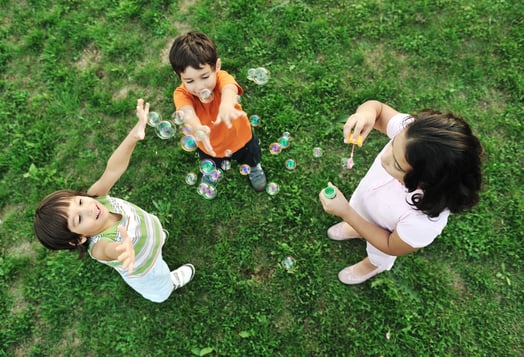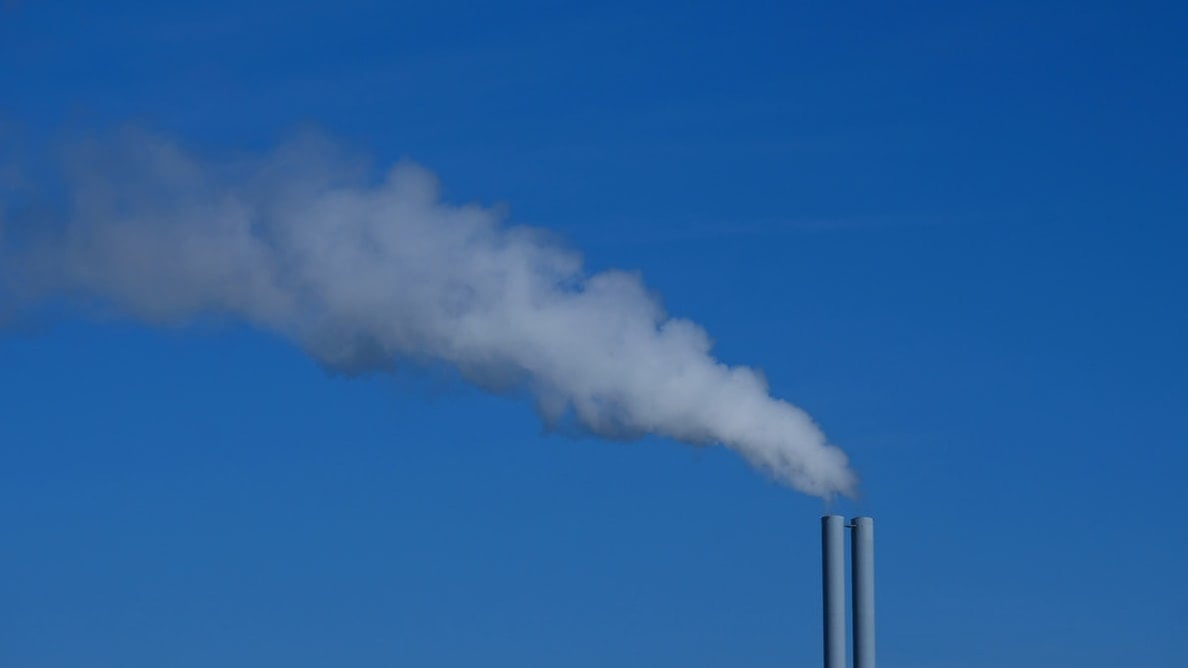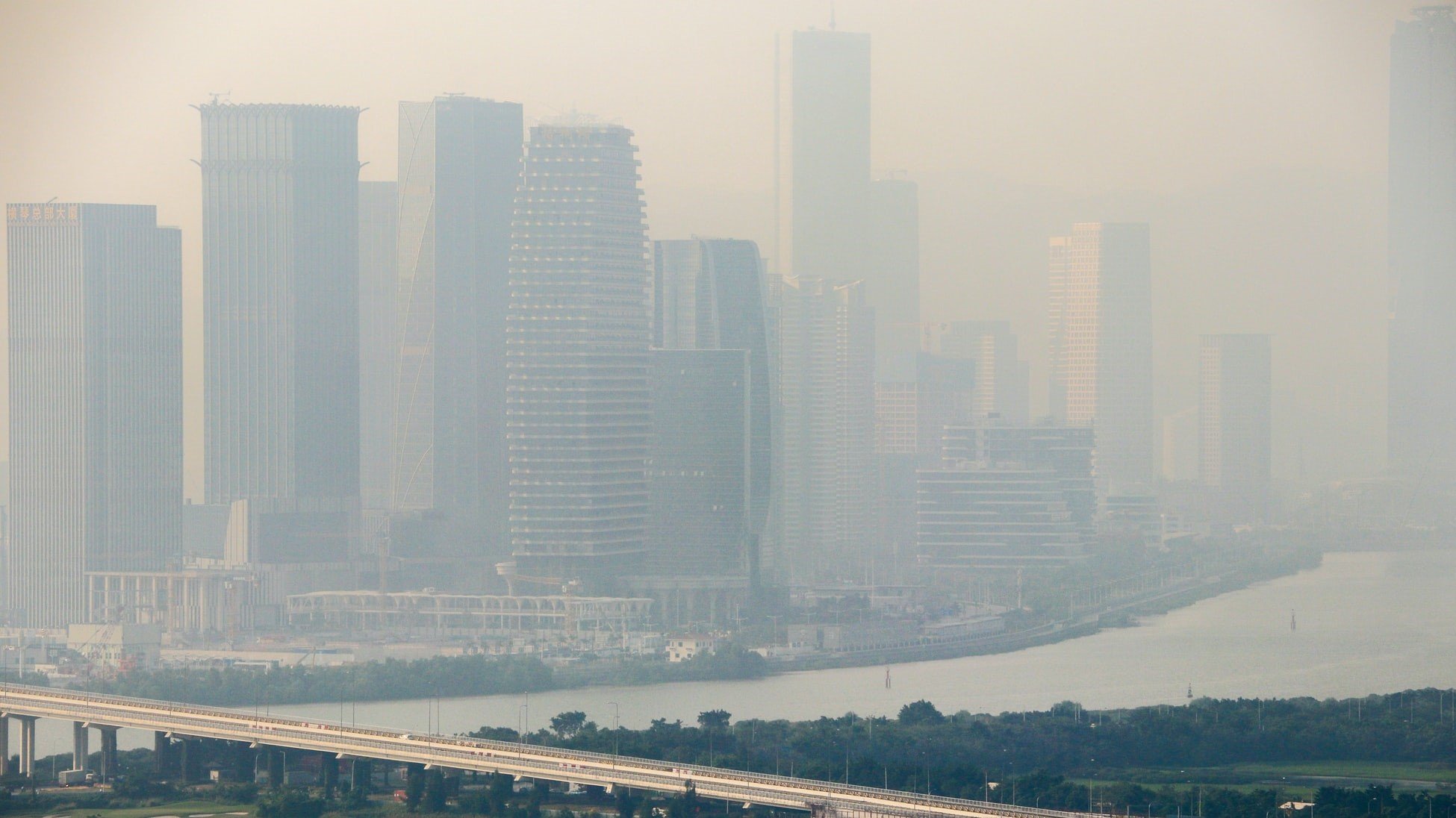Newsletter
When we think of air pollution, we often think of looming coal plant towers spilling thick black smoke into the air. We also visualize the exhaust from semi-trucks struggling to gain speed and the cloudy haze settled over highways. But most air pollution is invisible to the naked eye. It’s caused by man-made forces and from nature. It comes from gases, dust particles, smoke from fires, and volcanic ash. Poor air quality can worsen your child’s asthma symptoms. It can be the catalyst for breathing issues and hospital visits. Prepare, protect, and take precautions if you live in an area with unhealthy air.
We can’t avoid air pollution outside our doors. It comes with the territory if you live in a large metropolitan city or a climate prone to wildfires. High concentrations of unhealthy air, found in megacities like Beijing and New Delhi, can irritate and inflame sensitive airways. Smoke from California’s wildfires also exacerbates asthma symptoms and flare-ups.
If you live in a polluted area, here are the 10 things you can do to keep your child’s health in check.
1. Know the AQI
What’s AQI? It stands for air quality index. AQI tells you how high or low the air pollutant level is in your area and knowing the AQI helps you make better choices for your kid's health. When the AQI hits 51, your child could start experiencing asthma symptoms while they are at recess or playing sports. When the AQI hits 101, you should limit the time your child spends outside.
The Environmental Protection Agency calculates AQI using five air pollutant factors:
- Ground level ozone (colorless and irritating gas just above the earth’s surface)
- Particle pollution (a mixture of solids and liquid droplets floating in the air, also known as particulate matter)
- Carbon monoxide (colorless, odorless, and toxic air pollutant such as vehicle emissions)
- Sulfur dioxide (created during the burning of coal and oil)
- Nitrogen dioxide (related to heavy traffic in urban areas)
2. Sign up for air quality alerts
There are six levels of the air quality index. You can keep track of your local air quality by using Kaiterra's air quality app and sign up for air quality alerts.
You can also check out the AQI in your area through AirNow. AirNow tracks daily AQI levels. It has real-time air pollutant levels for 300 cities in the United States.
3. Understand air pollution triggers
Understanding air pollution triggers in your community can help you manage your child’s outdoor activities. 17 separate wildfires burned in unison in California and other Western states in early August 2018. Air quality levels sunk. Authorities warned people to stay inside. The smoke carried toxic pollutants up to 100 miles away. This particulate matter in the smoke is known to inflame the lungs and aggravate asthma symptoms. Even if you don’t live close to a wildfire, it can affect your child’s breathing. The U.S. Department of Agriculture Forest Services maps out current wildfires.
4. Create an asthma action plan
Your asthma sufferer already has compromised lungs. Their airways are sensitive and can contract and swell quickly in poor air quality. The sight and sound of asthma symptoms are distinct: heavy, labored breathing. A slow whistle with every inhale and exhale. Young boys struggle more than girls in poor air quality. Studies show this is due to narrow airways earlier in life. The disparity disappears in adulthood. The EPA reports air pollution can lead to decreased lung capacity and swollen airways in asthmatics. Work with your child’s pediatrician to create an asthma action plan. The plan will explain how an adult should react if your child needs medical attention.
5. Play it safe
You can’t force your child to live inside all the time to avoid unhealthy air. It’s not realistic, nor is it a way to live. However, if the air quality index (AQI) is less than ideal, here're some tips to play it safe:
- The EPA recommends limiting time outdoors: Limit your child’s outdoor time between the hours of 11:00 a.m. and 8:00 p.m.
- Scale back physical activity: Take a walk instead of a jog. Play mini golf instead of soccer.
- Recognize the warning signs: Go inside if your child has labored breathing, a cough, or begins to wheeze.
6. Take air quality into consideration for your next vacation
Need a family getaway? You can try to take air quality into your consideration when picking your next vacation destination. Try to pick a place that isn’t only packed with fun, but also gentle on your child’s breathing issues.
AirCompare shows you where and when the air quality is best in the United States. It allows you to compare data from different areas and see five-year trends.
7. Watch for symptoms 24 hours later
Keep an eye on your child a day after they play outside in less than ideal air quality levels. The EPA reports air pollution could make an asthmatic more sensitive to other triggers like dust mites. Couple the two together and asthma symptoms sometimes show up a day after exposure to unhealthy air.
8. Get the right gear
If you can’t avoid being outside in unhealthy air, protect yourself with the right gear. Invest in a pollution mask for you and your child. A mask purchased at your local hardware store will not protect you. Particulate matter from wildfires is so fine, it can seep through a piece of paper. The Centers for Disease Control and Prevention recommends the N95 respirator. It filters 95% of airborne particles. See a list of products by clicking here.
9. Don’t add to the problem
You can make small changes to avoid asthma flare-ups when the air is unhealthy. WHO suggests five steps to prevent symptoms and cut back on adding to air pollution.
- Avoid walking near high traffic areas. Pick up your asthmatic child so they are breathing above the level of vehicle exhaust.
- Don’t linger at intersections where cars idle.
- Avoid exercising in polluted areas. Run in a park instead of busy city streets.
- Limit your use of a car when the AQI is high.
- Never burn trash.
10. Stay informed & create change
The Breathe Life campaign offers you an opportunity to stay informed and get involved in an effort to cut back on air pollution. It’s a partnership between The World Health Organization, United Nations, The World Bank, and Climate & Clean Air Coalition. These partners have influenced more than 50 cities, regions, and countries to enact policies. The goal? Bring air quality to a safe level by 2030. You can help by making small changes starting today.
Air pollution is a global health crisis. Read more about this issue here:






.png?width=200&height=148&name=Menu%20C%20(2).png)

.png?width=307&height=228&name=Menu%20-%20D%20(1).png)
.png)






